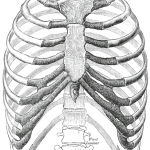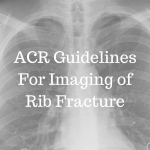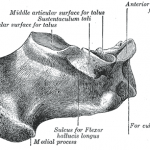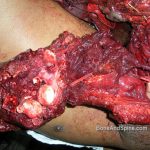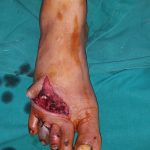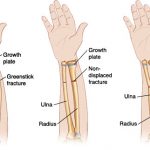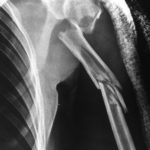Flail chest is caused by severe blunt injury which causes multiple [3 or more] segmental [rib fractures at two points say anterior and posterior] rib fracture resulting in paradoxical movement of broken chest wall segment [that becomes devoid of any attachment and moves with changes in intrathoracic pressure.] With a better understanding of injury pattern, […]
Trauma
Rib Fractures – Causes, Presentation and Treatment
Rib fractures are the most common injury sustained after blunt chest trauma. Rib fractures are more common in elderly and adults [older people are more prone than young adults] than children. Elderly are more likely to have associated injuries and complications. Rib fractures can be associated with injury to internal organs. This includes injury to […]
ACR Guidelines For Imaging of Rib Fracture
Rib fracture is the most common thoracic injury. It is found in 10% of all traumatic injuries and 40% of cases of blunt trauma. 5th to 9th ribs are most commonly involved probably due to the protection offered by shoulder girdle to upper ribs and mobility of lower ribs. Isolated rib fractures have relatively low […]
Calcaneus Fracture – Causes, Presentation and Treatment
Calcaneus fracture or os calcis represent 2% of all fractures seen in adults. The os calcis is the most frequently fractured tarsal bone and accounts for more than 60% of tarsal fractures. Calcaneus is the bone that forms the heel. Calcaneus fractures are most commonly seen in young men. Extra-articular fractures account for 30% of […]
Fall on to Outstretched Hand or FOOSH Injuries
FOOSH is an acronym for fall onto an outstretched hand. Fall is a common cause of orthopedic injuries. Whenever one falls, it is a protective reflex to outstretch the hand. This fall on an outstretched hand can lead different patterns of injuries A number of injuries of the upper limb occur because of fall onto […]
Mangled Extremity Severity Score
The Mangled extremity severity score is used in patients with trauma to a limb, particularly lower extremity trauma. As the name suggests, it determines how badly the injured limb is. The score applied to mangled extremities such as limbs overrun by vehicles. It was developed to discriminate between salvageable and the limbs which would require […]
Soft Tissue Injury in Fractures – Different Systems of Classification
Soft tissue injuries associated with fractures vary with the severity of the injury and often affect the treatment of underlying fractures. A soft tissue injury may result in an open fracture or the fracture may remain closed along with significant soft tissue injuries. A classification of the concomitant soft tissue injury offers the best support […]
Intraarticular Fractures Principles and Management
Intraarticular fractures are the fractures where the fracture line crosses into the surface of a joint resulting in some degree of cartilage damage. The fractures can vary from hairline fractures to displaced fractures. Intraarticular fractures ideally should be reduced anatomically and fixed securely so that early joint movement can be allowed. Where this cannot be […]
Greenstick Fractures Presentation and Treatment
Greenstick fractures are incomplete fractures of long bones and are They are commonly mid-diaphyseal, affecting the forearm and lower leg. They are distinct from torus fractures. Greenstick fractures are incomplete fractures of long bones usually seen in young children, more commonly less than 10 years of age. They are commonly mid-diaphyseal and typically affect the forearm and lower leg. […]
Forces That Cause Fracture and Priniciples of Treatment
Why should a fracture occur and what are types of forces that cause the fracture to occur? A fracture is a break in continuity of the bone. Bone is a very strong tissue that is composed of minerals, which provide rigidity, and collagen, which provides tensile strength. A fracture is caused by a force acting […]

